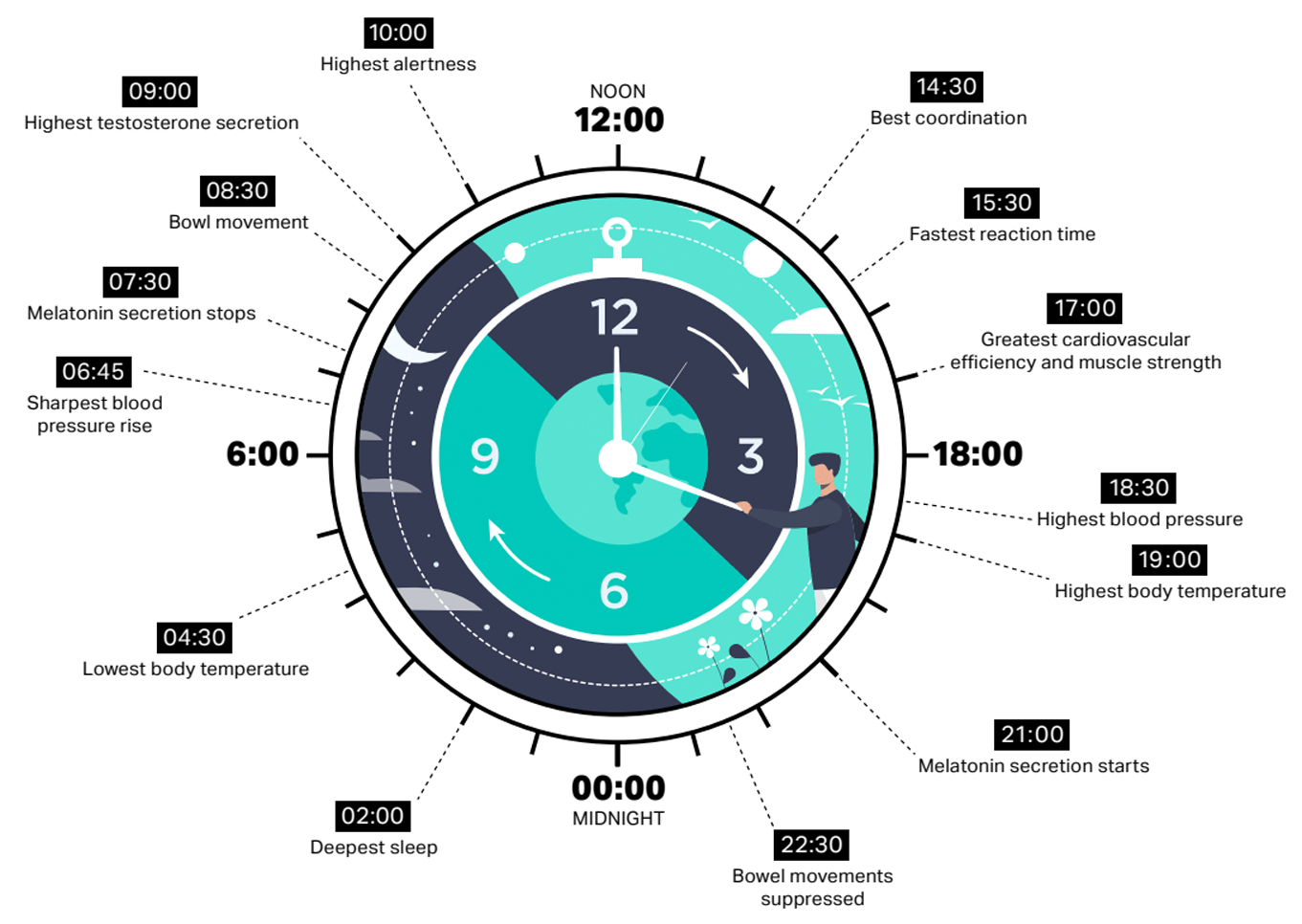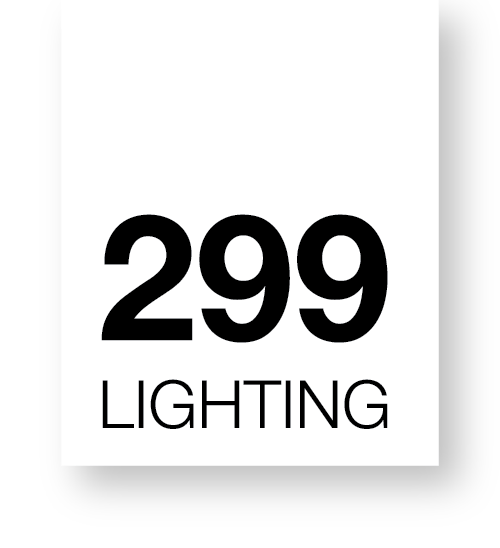Office Lighting Solutions To Increase Productivity

Office staff spend on average 8 hours a day under artificial lighting. Over the course of a month, that's approximately 175 hours that lighting is impacting their wellness - be it positive or negative.
Up until recent years, the entire office space was lit to a uniform 500 lux. The view was that enough light must be good light, but that is only part of the equation. This outdated approach fails to take into account a number of factors that have since been discovered to play a major role in the comfort of occupants - and by extension their productivity.
The result is an uninspiring space which wastes energy and actively hinders the performance of a team. Sadly, this is still the case in many office spaces like this today, with business owners unaware of the detrimental effect it has on their success.
Modern office lighting is human-centric, taking into account factors that boost or drain energy and morale in the office space. Here are some key considerations to get the best office lighting for boosting productivity, creativity and wellbeing.
Contents
Use Daylight to Your Advantage
The Right Amount of Light in the Right Places
Is Your Lighting Human-Centric?
Lighting Can Be Flexible
Light quality matters
Use daylight to your advantage.
Optimal lighting for offices is a synergy of natural light and artificial lighting. Increased wellness and mood stems firstly from increasing exposure to daylight, and secondarily substituting a lack of natural light with appropriate electric lighting.
With a newbuild, the amount of natural light can be influenced in the early design stages. This is when the size of the office windows and the flow of light are taken into consideration. However in renovation scenarios, appropriate light levels and quality can be achieved by an experienced lighting designer with the right products. An example of this would be choosing a product with the correct colour temperature and high CRI to mimic daylight.

The right amount of light in the right places.
There are many lighting guides covering the subject of required light levels in offices; the latest and most important one being the EN 12464-1:21. Not only does the guide recommend to light the task area and the immediate surrounding areas, but also to ensure the walls and ceilings are being lit too. The illumination levels should be raised for activities that demand high accuracy or high productivity ( the modified values). The illumination should be also increased when the task area has a low daylight provision. Additional light sources like floor lamps may be used to increase light levels in order to meet the recommended lighting levels for offices.
Some tasks ( like programming, CAD work or product design) might require more light, so it is best to provide your team or occupants with individual task lighting. We would recommend desk lamps or floor standing lighting.
The point here is to keep a balance between various spaces within your building. The aim here is to keep consistency and harsh contrast in illumination must be avoided, so when walking from one room to another, the eyes are not fatigued through constant adjusting. Harsh contrast can also represent a potential health and safety hazard. Visual balance can be managed through thoughtful lighting design.
Is Your Lighting Human-Centric?
Light also plays a crucial part in circadian rhythm. The human body becomes more alert when exposed to brighter, cooler light as it most closely mimics natural daylight. We also become more drowsy and relaxed when lighting is warmer and dimmer as it mimics the setting sun.
Disruptions to circadian rhythm have been linked to health issues like insomnia, obesity, depression and metabolic disorders. This is where circadian lighting design comes in.
A new technology - Tunable White - allows LED light fittings to change colour temperature at different times of day to help people stay in tune with their body clocks. Lighting for offices is often specified between 3000K warm white and 4000K cool white, and with Tunable White, lighting can graduate between these temperatures in close synchrony with the human circadian rhythm. Any warmer or cooler is often uncomfortable in the workplace environment.
Working with the circadian rhythm rather than against it means employees are more productive during the work day and stay healthier in the long term. Most of our light fittings can be specified with Tunable White technology.

Lighting can be flexible.
Natural light changes throughout the day, so control systems can be used to maintain the required lux level for office spaces. Systems equipped with daylight sensors automatically dim electric lighting when natural light levels are high, and vice versa. Not only does this significantly reduce energy consumption, it also eliminates the risk of over and under lighting space when daylight fluctuates.
Creating areas with lower intensity lighting for rest and more intense lighting for focused work is also important for increasing productivity. With the use of wireless controls, occupiers can be given control over their lighting by using apps. Maximising the restfulness of allotted breaks means more productive time at the desk and a higher performing team.
Light quality matters - What to look for in lighting products.
To ensure the product is suitable for the office environment, there are 4 important things to watch out for: consistent colour temperature, high colour rendering index (CRI), glare and flicker.
Multiple colours of light or light leakage, as well as poor quality colour representation can all be subtle distractions to office workers. High quality luminaires from office lighting suppliers will have much greater colour consistency than cheap alternatives, and will often be specifiable in high CRI variations. This means higher quality visual work and no distracting colour distortion.
Another potential distraction is flicker. Low quality lights flicker at a frequency that is visible to the human eye, especially when dimming. The main issue with this as mentioned is distraction and irritation, but can also cause more serious issues such as epileptic seizures.
To achieve smooth dimming, the luminaire should be capable of working with low flicker driver. We recommend using drivers from renowned manufacturers like Tridonic, Helvar, Philips, Osram).
The next factor to consider in your product choice is glare. Glare simply means excessive brightness, which is a common problem with artificial lighting. It is associated with visual discomfort, eye strain, headaches and migraines - all big hinderances to productivity.
To prevent or reduce glare in your office, make sure that suitable lighting with low glare has been specified for your project. We recommend fittings with micro prismatic optics which are low glare and are the ideal choice for for task lighting.
Lighting the office space well is a complex task. It is a fine balance between design, efficiency, budget and practicality. To find everything you need to know, visit our Guide to Office Lighting.
Read Next.
- Guide to Office Lighting
- Criteria for Choosing the Best Office Lighting
- How Design Influences Culture in the Office
- Office Lighting Regulations and How to Comply
- Revive Your Office with a Lighting Designer - 5 Reasons
- Back to Insights
